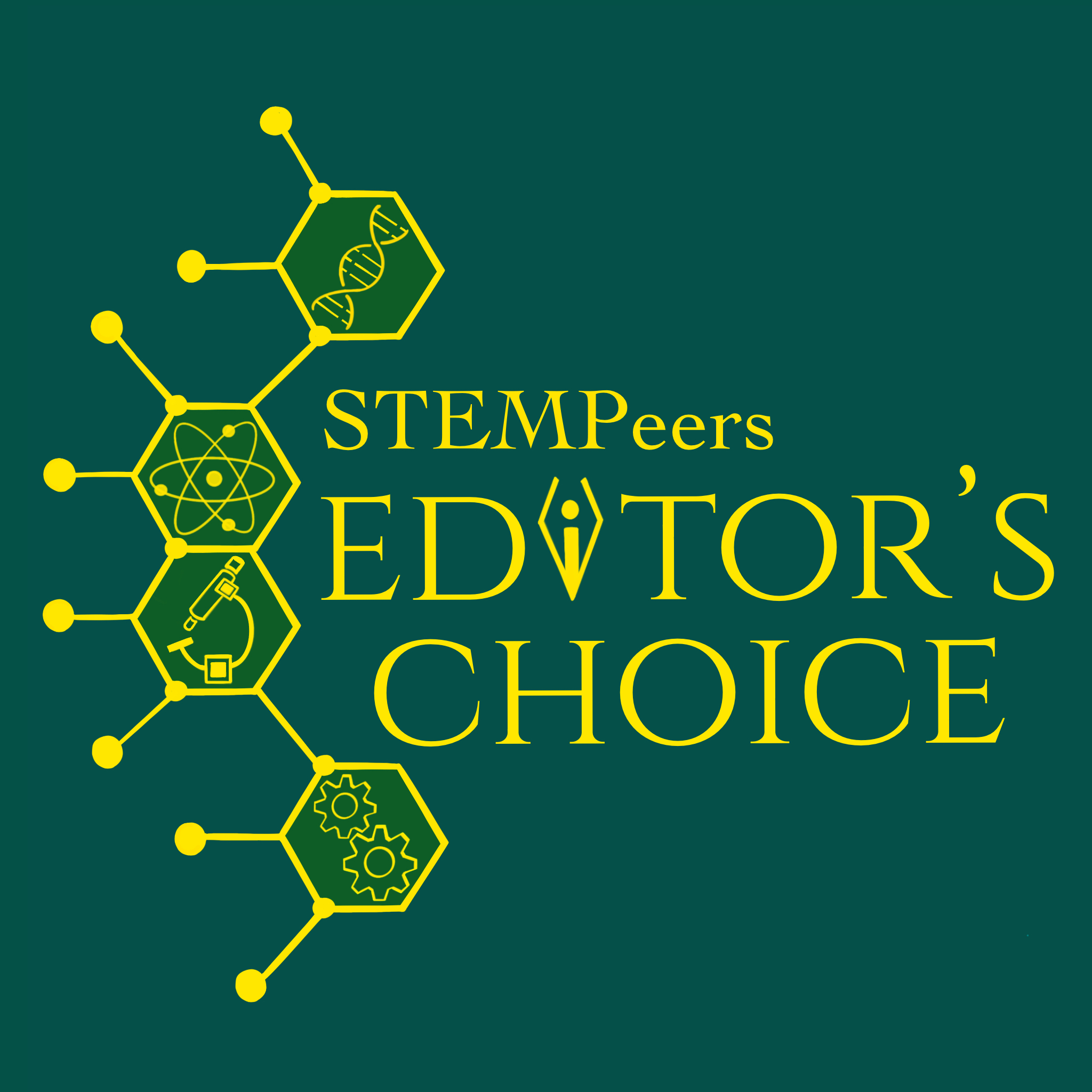Editor –Dwitiya Sawant

How does the gut interact with the brain?
Micro-organisms living in the stomach and intestines help to digest the food and break it down into molecules which reach various organs. Thus, the microbes in the gut influence and interact with other organs, including the brain. Studies have established the impact of gut microbes on behavior, release of chemical messengers and brain development in mice. A group of researchers in the US have found high levels of a microbial derived metabolite called 4EPS (4-ethylphenyl sulfate) in a mouse model of atypical brain development. This molecule causes changes in functional connectivity and region-specific activity in the brain. Mice exposed to 4-EPS show increased anxiety-like behaviors. The levels of 4-EPS are found to be increased in the plasma of individuals with autism spectrum disorder (ASD) and this study has implications for understanding this condition.
#Microbes #Brain #Autism
Toxic chemical mixtures- Beware!
Certain chemicals interfere with hormones in the human body. Usage of such chemicals is regulated by safety guidelines. These guidelines are determined based on assessment of risk for each chemical. A recent study published in Science reported the adverse health effects manifested by such chemicals when they were present in a mixture even at the recommended doses. The safety of chemical mixtures could not be determined by mixing individual chemicals at recommended levels because of increased health risks of that mixture. This study points to a correlation between exposure of pregnant women to chemical mixtures and increased risk of language delay in their kids. It emphasizes the need to experimentally determine the safe concentrations of chemical mixtures and update the regulatory guidelines around them.
#Chemicals #Hormones #Toxins
DNA based electronic circuits detect water contamination
Scientists have come up with cell-free DNA-based networks which are programmable and mimic electronic circuits. These DNA-based networks have also been devised to perform a range of logic functions. An application of this technology is a device which helps in assessing the quality of water. In this device, the analog-to-digital converter circuit processes an analog input (contaminants) and generates a digital output (a visual signal to inform the user). The device is equipped with a series of test-tubes and gives a green signal on encountering a contaminant. The strength of the green signal depicts the level of contamination in water. Contaminants detected include zinc, fluoride, heavy metals etc. This device is the latest breakthrough in the field of cell-free bio-sensing technologies.
#Biosensors #DNACircuits #SmartDiagnostics
Contributed by Reetika Manhas
Perils of living in Silicon Valley
Small regular seismic events along the San Andreas fault are one of the perils of living in the California bay area. To improve the seismic hazard map of an area, a detailed understanding of an earthquake and its long-term implications, such as, on formation of mountains is required. Until now, a connection between these two events was not possible. This paper in Science discusses a 3D tectonic model that combines geophysical, satellite data and geochemical analysis not only during earthquakes but also between the earthquakes. This provides improved hazard predictions in the bay area.
#earthquake #seismicmap #Faultlines
Opioid epidemic
Several measurements have been implemented to tackle the ongoing epidemic of opioids. There is still a huge stigma attached to individual testing and mass testing is not usually cost effective. Introducing aptamer-based graphene field effect transistor (AptG-FET) platform that measures up to three different opioid metabolites in wastewater. The aptamers are DNA fragments that bind to specific opioid metabolites. Upon binding, the DNA increases the charge in graphene by folding and these changes in the charge can be easily monitored and is also highly sensitive.
#opioid #aptamers #opioiddetection
Contributed by Janani Natarajan
A pituitary hormone, menopause and Alzheimer’s disease; how are they all connected?
Alzheimer’s is a progressive disease that affects memory, thinking and behavior. Deposition of clumps of amyloid plaques leading to inflammation, death of neurons, and decline in cognition are the hallmarks of Alzheimer’s disease. Human menopause associates with an increase incidence of symptoms of Alzheimer’s disease, though the possible mechanism has not been uncovered. A recent study published in Nature investigates the association of high levels of a pituitary hormone, follicle stimulating hormone: FSH, just prior to the onset of menopause and Alzheimer’s disease. Using mouse models, the researchers showed that high FSH levels drive the deposition of amyloid plaques leading to the hallmarks of Alzheimer’s disease and profound cognitive deficits. They further showed that blocking the action of FSH significantly reduces the features of Alzheimer’s disease in mice. If the mechanism holds true in humans, a therapy that blocks FSH might help prevent this disease in post-menopausal individuals.
#Alzheimer’s #Cognition #hormone
A deep leap into the past
The study of ancient inscriptions called epigraphy is often used by historians to decipher the language, customs, society and history of past civilizations. However, over time many inscriptions have been damaged or transported away from the original location. This recent paper in Nature journal investigates the use of machine learning research to overcome the limitations of current epigraphic methods. The study details a deep neural network architecture called Ithaca that uses statistical patterns in large quantities of data. Ithaca was trained on the ancient Greek and Mediterranean world inscriptions between 7th century BC and 5th century AD. According to the authors, Ithaca can simultaneously execute textual restoration, geographical assignments and chronological actions. This research highlights the use of machine learning to build a cooperative workflow with historians to decipher important periods in human history.
#machinelearning #epigraphy #history
Contributed by Dwitiya Sawant
